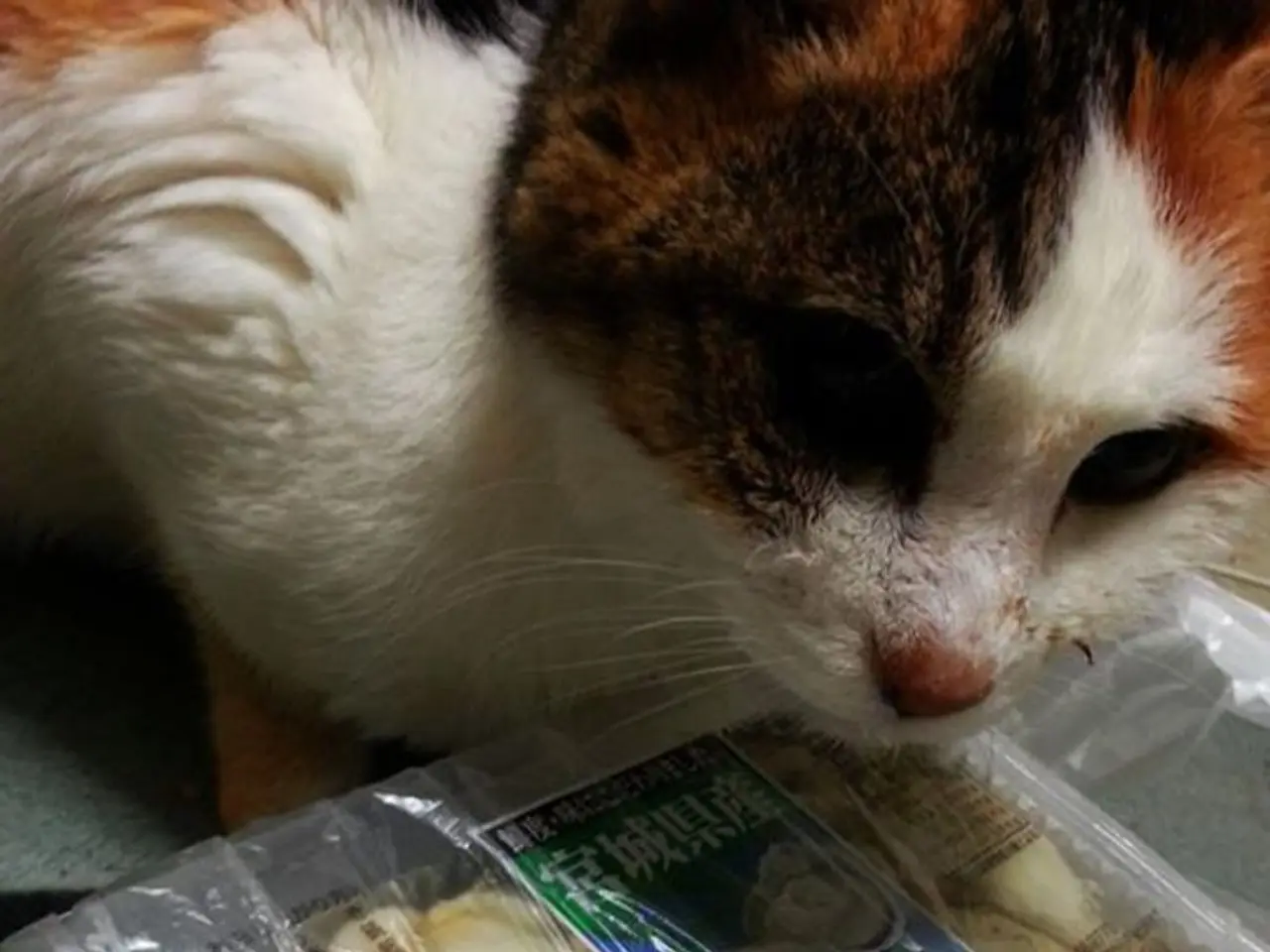Raw Pet Food Safety: Lactic Acid & HPP Combat HPAI Virus
Raw pet food manufacturers are exploring innovative methods to enhance microbiological safety. A recent focus is the combination of lactic acid fermentates (LAF) and high-pressure processing (HPP). Meanwhile, the global spread of the H5N1 HPAI virus, particularly the 2.3.4.4b lineage, has raised concerns about pet health and zoonotic risks.
Research has shown that integrating LAF with HPP can significantly improve the safety of raw pet foods. This method has been scientifically validated and is being considered by manufacturers to meet regulatory demands and consumer expectations. The Food and Drug Administration (FDA) has required manufacturers to assess HPAI H5N1 hazards under the Food Safety Modernization Act.
Cats are particularly vulnerable to HPAI due to biological factors and exposure risks. Both cats and dogs can contract the virus through respiratory exposure, but cats show higher morbidity and mortality. HPAI can remain viable in raw pet food even after refrigeration and freezing, posing a risk to pets and potentially humans. A literature review published in the Journal of Food Protection has documented multiple outbreaks of HPAI among cats associated with contaminated raw meat food in various countries.
The integration of lactic acid fermentation products with high-pressure processing is a promising approach to mitigate health risks from raw pet foods, including HPAI. As the H5N1 HPAI virus continues to spread globally, presenting a zoonotic risk, it is crucial for manufacturers to adopt such methods to ensure the safety of both pets and humans.
Read also:
- Is it advisable to utilize your personal health insurance in a publicly-funded medical facility?
- Dietary strategies for IBS elimination: Aims and execution methods
- Benefits, suitable dosage, and safety considerations for utilizing pumpkin seed oil in treating an overactive bladder
- Harmful Medical Remedies: A Misguided Approach to Healing




